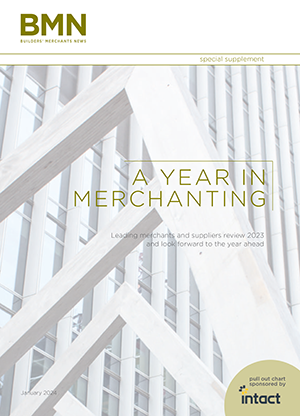Activity in the construction sector has slowed in Q3 of 2015, but the industry is remaining positive about the future, the latest Construction Products Association (CPA) figures have revealed.
The latest CPA forecast has been revised downwards since the summer, as a result of a slowdown in housing and commercial activity during Q3. Output is now expected to increase 3.6% and 3.8% in 2015 and 2016, respectively, revised down from 4.9% and 4.2%.
According to the CPA, this slowdown is expected to be temporary, with overall construction output forecast to rise by 19.7% between 2015 and 2019, driven by growth in the private housing, commercial and infrastructure sectors.
Dr Noble Francis, CPA economics director, said: "We remain positive about prospects for the construction industry. Private housing starts are forecast to rise, with major housebuilders signalling their intention to build more homes over the next 12 to 18 months."
Dr Francis warned, however, that the public housing sector is expected to be adversely affected by uncertainty and a lack of funding, as well as the extension of the Right to Buy to housing associations, and cuts to social housing rents. Public housing starts are estimated to fall 10.0% in 2015 and a further 5.0% in 2016."
He said: "The commercial sector is forecast to enjoy growth from 2016 averaging 3.9% per year through to 2019. New offices construction is expected to be the primary driver of this growth, with increasing activity in cities such as Birmingham and Manchester, as well as growth in the capital.
"While growth prospects in construction remain positive, there are significant risks. Government austerity focuses on current spending rather than capital investment, but the risk remains that if government cannot reduce current spending as much as it anticipates, it may cut public construction projects to achieve its aims of eliminating the public sector deficit. In addition, within the construction industry, the key concerns regard skills shortages, which have already been reported in the housing sector but may become more prevalent across the wider industry over the next 12 to 18 months due to the forecast growth."








